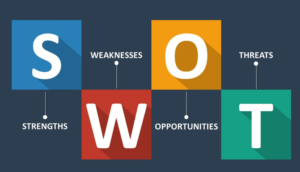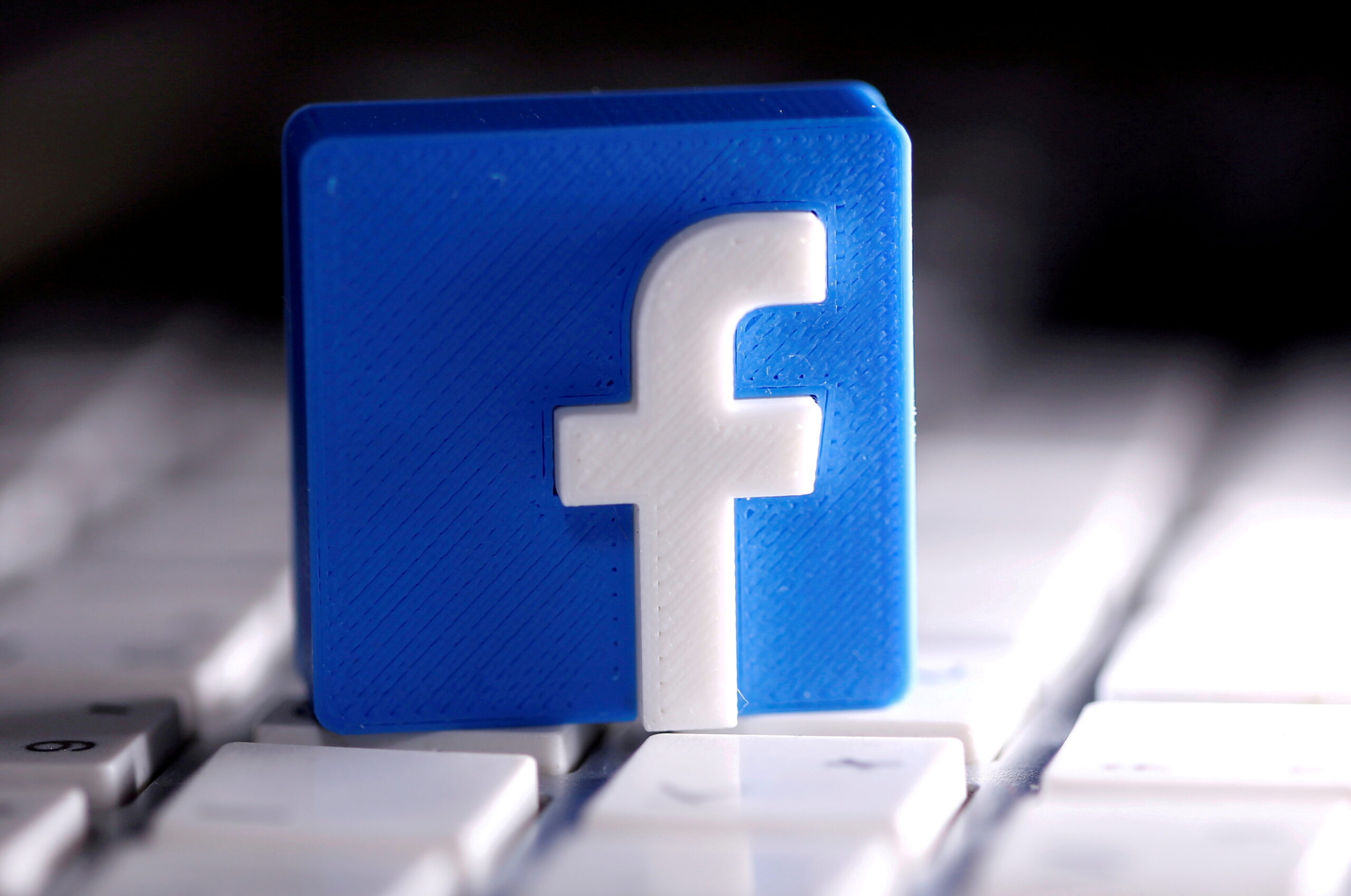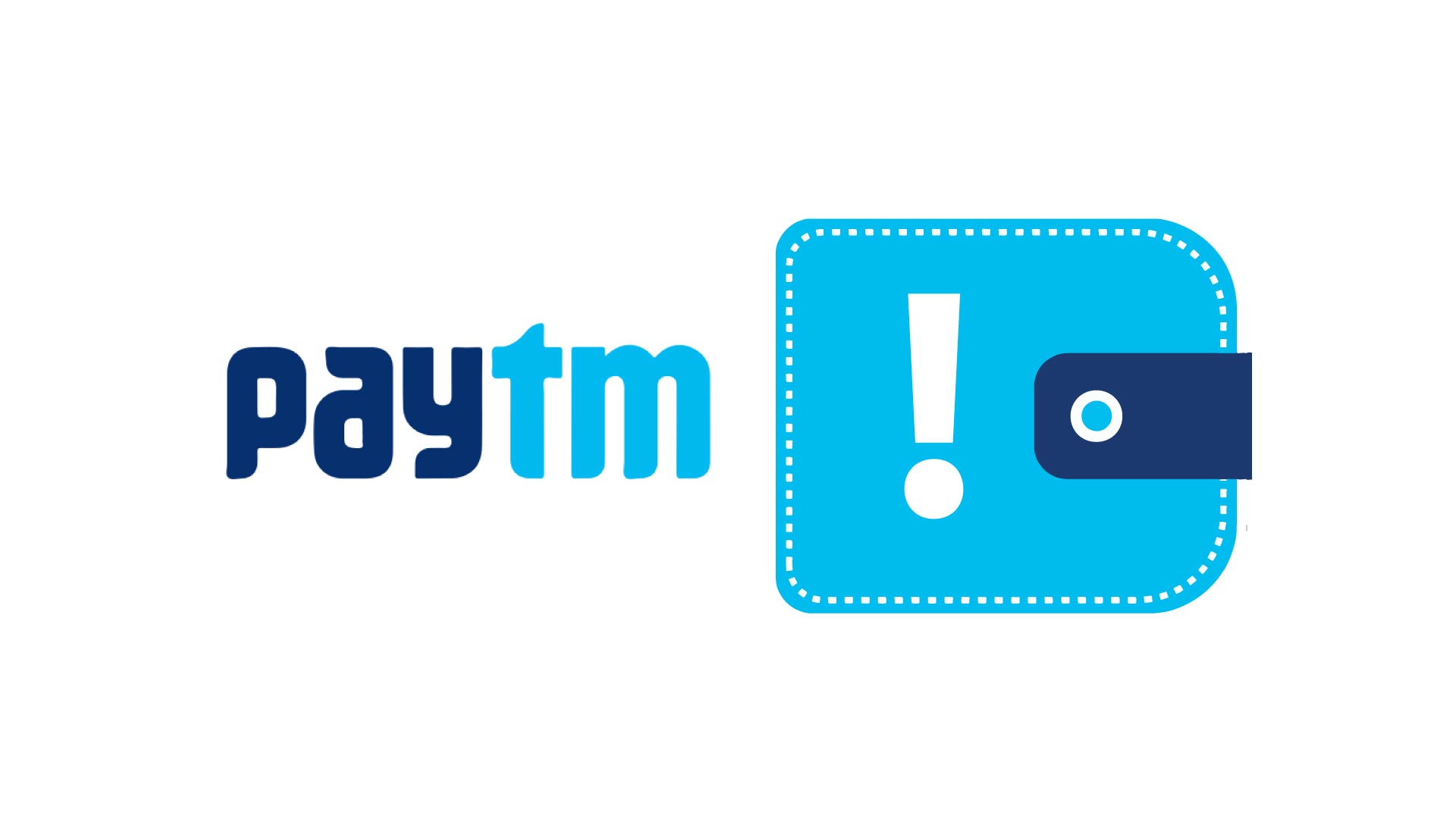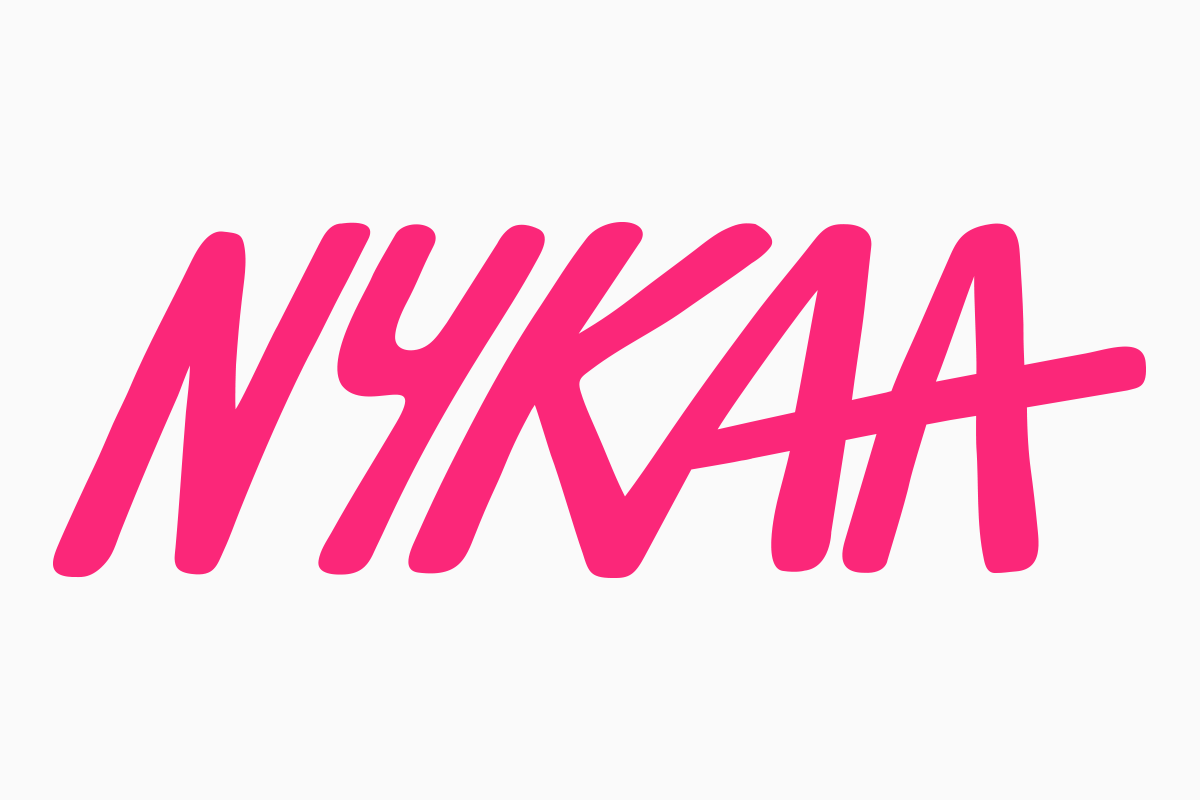The Facebook business model is multisided, which means it creates a platform that enables interactions between two or more distinct types of users. Meta platform has a majority stake in Facebook.
The founder is Mark Zuckerberg, who founded the company in 2004. The headquarters are in California, USA. It is a social networking site available in 112 languages, with customers present across the globe. Moreover, it has 2.85 billion monthly active users. Also, the market cap is approximately US$ 571 billion.
Facebook’s products and services are as follows:
- Oculus, a virtual reality technology company, was acquired for US$ 2 billion.
- WhatsApp, a mobile messaging service provider, was acquired for US$ 19 billion.
- Instagram is a photo and video sharing social networking application.
- Facebook Messenger, Ads, Games, Business, Local, etc.
- Onavo is a mobile web analytics company that determines customer usage.
- Beluga, a messaging service provider, was acquired by Meta in 2011.
The competitors of Facebook are:

Facebook Business Model Canvas
- Customers- Facebook has three types of customers. Firstly, the users that interact with the outside world using different products. Secondly, the brands and advertisers that place offers and promotional content on Facebook. Lastly, the app and game developers via Facebook Gaming.
- Value Propositions- Facebook Business Model helps in global connectivity and communication. It also initiates sharing of new ideas, cultures, experiences, etc. It also helps in developing and playing games and has live streaming sessions. Moreover, Oculus provides virtual reality hardware to Facebook. Additionally, Facebook Business website allows for the trading of products and services of a company. In addition, Messenger helps in creating virtual rooms for video conferencing. Facebook Ads also help in the promotion and marketing of a product or service. Lastly, it also helps in making digital payments via Facebook Pay.
- Channels- Facebook operates through the internet via laptops, smartphones, tablets, etc. Moreover, there are websites and apps for using various Facebook products like Instagram, Facebook Ads, etc. Further, there are third party developer tools and APIs.
- Key Partners- There are two partners in Facebook Business Model. Firstly, the content creator partners such as Movies, Gaming, TV shows, News articles, etc. It includes partnerships with companies like Sony Music Entertainment, Universal Music group, and Warner Music Group. Secondly, the third-party partners like mobile operating system developers (for example- iOS), handset manufacturers (like Apple), browser developers (Chrome), credit card companies (Visa), etc.
- Key Activities- Facebook carries out various activities like app, website and game development. It also looks after data security and privacy. Facebook business model also involves strategic acquisitions and partnerships. Further, the company ensures that it complies with the government’s rules and regulations. It also involves various activities like hiring, marketing, sales, operations, etc. Lastly, it has undertaken activities to attain sustainable goals.

Cost Structure of Facebook
- The website and app development and maintenance incur the majority of Facebook’s expenses.
- The company also directs costs towards data maintenance, storage and protection and maintenance of data centres, equipment, etc.
- The company also pays content producers and influencers to increase engagement on the platform.
- Moreover, it focuses on research and development, which requires a large investment.
- The marketing and advertising cost also increases exponentially to expand their base.
- Lastly, the company values customer feedback. It incurs costs in retaining and acquiring new customers.
| Costs and expenses (in $) | 2021 | 2020 |
| Cost of revenue | 22,649 | 16,692 |
| Research and development | 24,655 | 18,447 |
| Marketing and sales | 14,043 | 11,591 |
| General and administrative | 9,829 | 6,564 |
| Total costs and expenses | 71,176 | 53,294 |
The above table shows the breakdown of costs of Facebook as of December 2021 and 2020.
Here, the cost of revenue includes data centre, traffic and acquisition cost, partners payment, credit processing fees, etc.
General and Administrative costs include employee compensation, salaries, legal expenses, administrative expenses, etc.

Facebook’s revenue sources
Ad Revenue
The majority of Facebook’s revenue is generated from advertisements. Ads displayed on Facebook, Instagram, Messenger, and third-party affiliated websites or mobile applications generate revenue. Based on the number of actions and impressions like clicks or likes, marketers pay for the ads displayed either directly or indirectly via advertising agencies or resellers.
Facebook recognizes revenue from the display of impression-based ads in the contracted period i.e., when an ad is displayed to users. Moreover, they recognize revenue from the delivery of action-based ads in the period based on likes or clicks. The Facebook Business Model calculates advertising revenue on a gross basis since it controls the advertising inventory before it gets transferred to customers. For revenue generated from third-party publishers, Facebook recognizes revenue on a net basis if they were the agents. Customers may receive cash-based incentives, credits, or refunds. The company estimates these amounts and reduces revenue.
Facebook has two types of ads. Firstly, in self-serve advertising, one just needs to visit the Facebook ‘following’ page and create an ad campaign. The advertisements are visible on sidebars and other apps on Facebook. The ad is for a specific target audience. Examples of groups using these ads are restaurants, lawyers, doctors, etc. Secondly, Engagement ads, are on the homepage of Facebook for large advertising brands. The company increases the recruitment of the brand advertisers. many brands test the effectiveness of their product due to the unique Facebook business model.
Reality Labs Revenue
The delivery of consumer hardware products like Meta Quest, Facebook Portal, and related software and content helps in generating Reality Labs Revenue. Revenue is recognized at the time of delivery of the product to the consumer.
Deferred Revenue and Deposits
Deferred revenue and deposits mostly include billings and payments from marketers in advance of revenue recognition. The revenue is not yet recognized for unspecified software upgrades and updates for various Reality Labs products. The unused balances held on behalf of our users are used to make purchases in games on Facebook. Further, on utilizing the balance, the majority of the amount is payable to the developer, and the balance acts as recognized revenue.
The payment terms vary from product to product. For Facebook, the period term between billings and when payment is due is not significant. For certain products or services and customer types, the company requires payment before the delivery of the products or services to the customer.
Payment Revenue
Facebook receives fees from wholesalers and the developer community for using Facebook’s payment infrastructure. The company charges a fee for marketplace deals, sale of apps and digital products, money transfers, etc.

SWOT Analysis
Strengths
- Firstly, Facebook is a valuable brand across the world.
- Moreover, Facebook’s portfolio includes- WhatsApp, Messenger, Instagram, etc. It helps in diversification.
- Despite the declining number of users, it still leads the social network industry with more than two billion users.
- In addition, the majority of the world uses Facebook and its products, which helps create a loyal customer base.
- Further, Facebook’s HR policies help retain and recruit the best talents across the globe.
- Almost 20% of Facebook’s revenue goes towards research and development.
- Lastly, Facebook is a powerful marketing tool-making because of which 97% of the revenue is from advertisements.
Weakness
- Facebook’s bad reputation due to data and privacy issues leads to a decline in popularity.
- Moreover, the majority of revenue comes from advertisements, leading to overdependence on one revenue stream.
- Lastly, Facebook has faced a major hit after its incapability to control misleading information.
Opportunities
- Firstly, the company has the potential to diversify its portfolio to avoid overdependence on ads and social media.
- Additionally, it can integrate with other applications like podcasts, e-commerce, etc.
- Besides tech-savvy customers, the company can target a different audience with the help of new features.
- It also has room to acquire companies from different sectors.
Threats
- The number of users using Facebook is declining due to new entrants giving cut-throat competition.
- New data privacy rules and regulations can also impact the Facebook business model.
- Further, a data breach can expose users’ personal information to the dark web.
- Taxes like the equalization levy can also jeopardize Facebook’s profits.
- Lastly, data privacy, data breach, misleading information impacts, false accounts, etc. will harm the company’s reputation.

Conclusion
To sum up, Facebook is still booming irrespective of the accusations about the end of the business. Hence, the brand will exist with diversification of business and new approaches.




